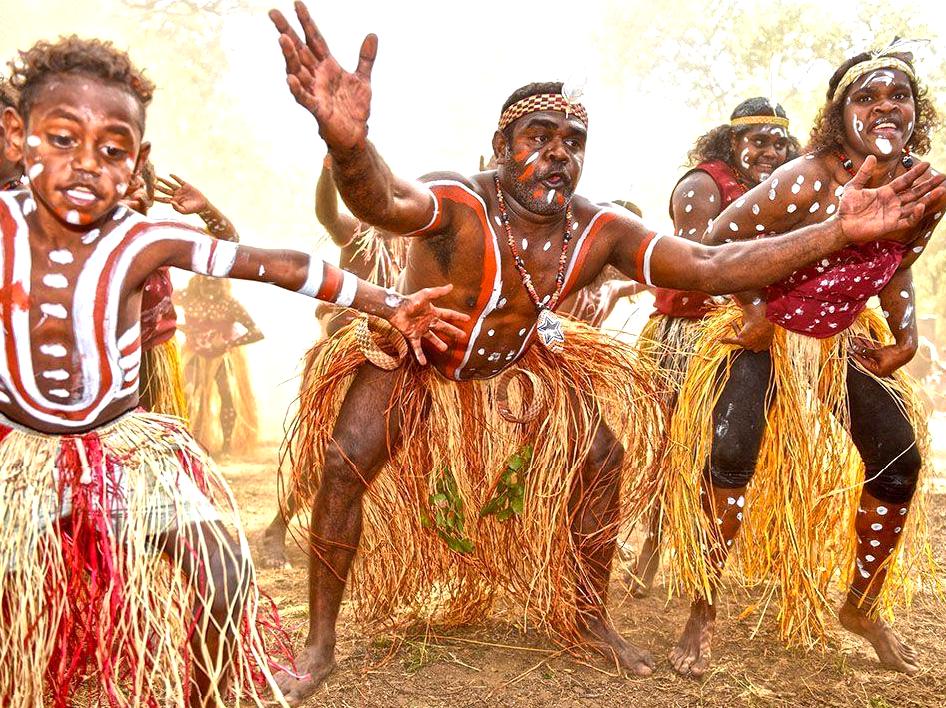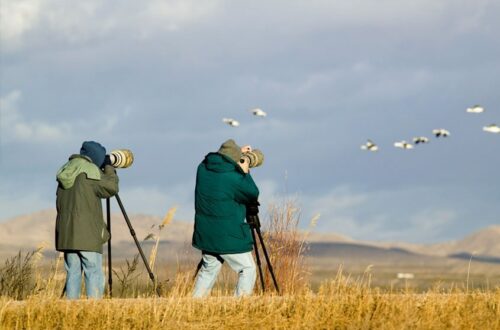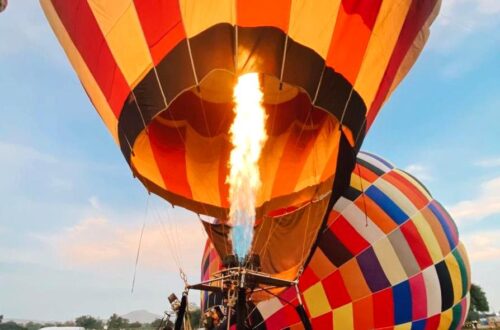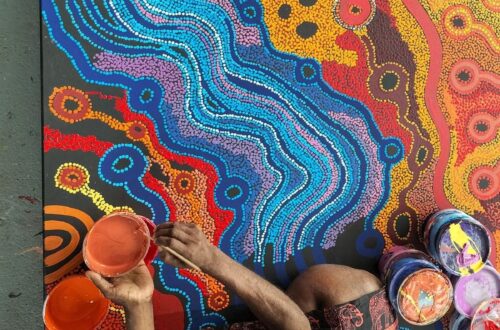Watching a traditional Aboriginal dance performance offers a profound glimpse into the cultural heritage and ancient traditions of indigenous Australians. This article will take you on a journey through the significance, elements, and enjoyment of these captivating performances. Discover why these dances hold such historical importance and how they continue to influence modern Australian culture.
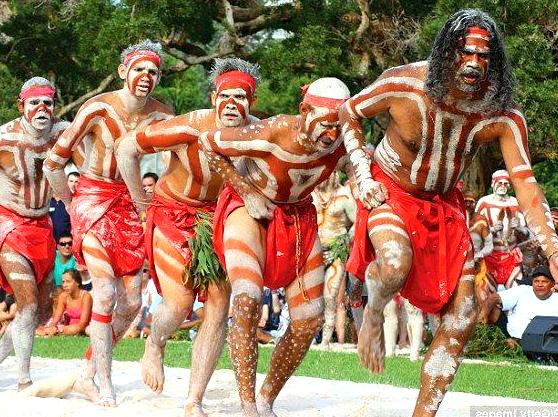
The Cultural Significance of Aboriginal Dance
The practice of traditional Aboriginal dance is deeply embedded in the spiritual and social fabric of indigenous Australian communities. These dances are not merely performances but serve as powerful storytelling tools that convey tales of creation, ancestral beings, and the laws of the land. Through intricate movements and symbolic gestures, the dancers honor and preserve their ancestors’ stories, ensuring that these narratives are passed down through generations.
Dance plays a vital role in ceremonies and celebrations, enhancing community bonds and spiritual connections. Whether performed during sacred rituals, festive gatherings, or rites of passage, each dance holds distinct meanings and purposes, reflecting the diversity of Aboriginal cultures across Australia.
Elements of a Traditional Dance Performance
A traditional Aboriginal dance performance typically incorporates several key elements that enhance the visual and auditory experience. These elements include:
- Music: The rhythmic beats of clap sticks, didgeridoos, and sometimes boomerangs contribute a dynamic soundscape that punctuates the dancers’ movements.
- Costumes: Intricately designed costumes adorned with feathers, leaves, and body paint signify the roles and totems represented by the dancers.
- Movements: Each gesture, step, and posture in the dance holds specific symbolism, imitating animals, natural phenomena, or legendary creatures.
These components work harmoniously to create an immersive experience that highlights the depth and richness of Aboriginal traditions.

The Role of Music and Instruments
Music is integral to traditional Aboriginal dance, with a variety of instruments shaping the auditory backdrop of the performance. The didgeridoo, a wind instrument made from hollowed-out wood, produces deep, resonant sounds that invoke the earth’s vibrations. Clap sticks, typically made from hardwood, keep the tempo and add a percussive element that energizes the dancers. Occasionally, boomerangs are clapped or struck together to add varied rhythms and sounds.
These instruments not only synchronize with the dancers’ movements but also connect the performers and audience to the spiritual and natural world, enhancing the dance’s overall impact.

Symbolism in Dance Movements
Every movement in a traditional Aboriginal dance performance is rich in symbolism, depicting various aspects of life, nature, and the cosmos. Dancers often mimic the behaviors and characteristics of animals such as kangaroos, emus, and snakes, drawing parallels between the creatures’ life lessons and human experiences. Other movements may represent natural elements like water, fire, wind, and earth, signifying their indispensable roles in sustaining life.
Understanding these symbolic gestures offers deeper insight into the Aboriginal worldview, where every aspect of existence is interconnected and revered. This symbolic language of dance enables the community to communicate complex ideas and values without the need for spoken words.
Modern Influence and Continuity
While rooted in ancient traditions, Aboriginal dance continues to evolve and influence contemporary Australian culture. Modern performances often blend traditional elements with contemporary artistic expressions, reaching broader audiences and fostering cultural appreciation. Festivals, educational programs, and tourism initiatives have helped sustain and promote interest in traditional dances, ensuring their relevance in today’s society.
Through these efforts, both indigenous and non-indigenous Australians gain a greater understanding and respect for Aboriginal heritage, contributing to reconciliation and mutual respect between cultures.
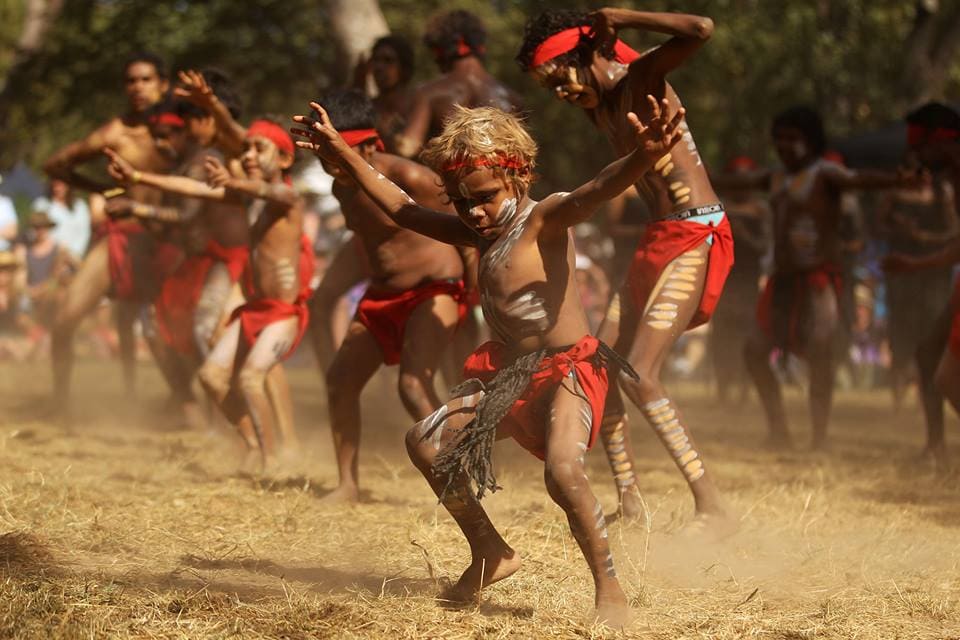
Conclusion
Witnessing a traditional Aboriginal dance performance is a captivating experience that offers a window into the rich cultural tapestry of Australia’s indigenous communities. From the symbolic movements and intricate costumes to the resonant sounds of native instruments, every element serves to preserve and celebrate a legacy that spans millennia. As modern influences blend with age-old traditions, these performances continue to educate, inspire, and connect people across the globe.
FAQs
What is the significance of traditional Aboriginal dance?
Traditional Aboriginal dance carries deep cultural significance, serving as a medium for storytelling, preserving ancestral knowledge, and maintaining spiritual connections within the community.
What instruments are commonly used in Aboriginal dance performances?
Common instruments include the didgeridoo, clap sticks, and occasionally boomerangs. These instruments provide the rhythmic and melodic foundation for the dances.
How are movements in the dance symbolic?
Movements often mimic animals, natural elements, and ancestral beings, conveying stories and values central to Aboriginal culture. Each gesture holds specific symbolic meaning.
How has Aboriginal dance influenced modern culture?
Aboriginal dance has influenced modern culture through its integration into festivals, educational programs, and tourism. These modern platforms help sustain and promote traditional dances to broader audiences.
Can non-indigenous people participate in Aboriginal dance performances?
While some performances are open for educational and cultural exchange purposes, it’s important to approach participation with respect and understanding of the cultural significance. Always seek guidance from community elders or cultural custodians.
